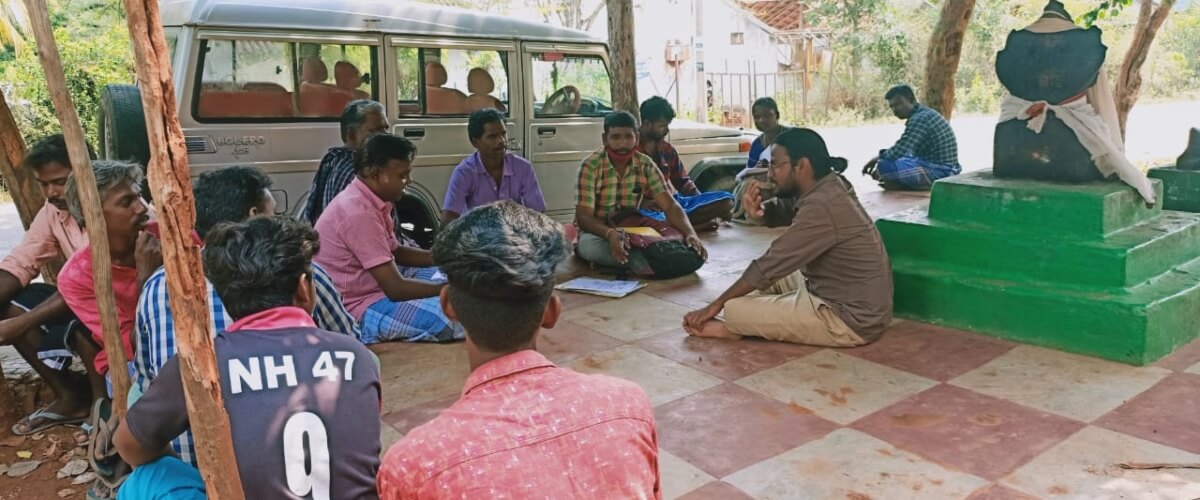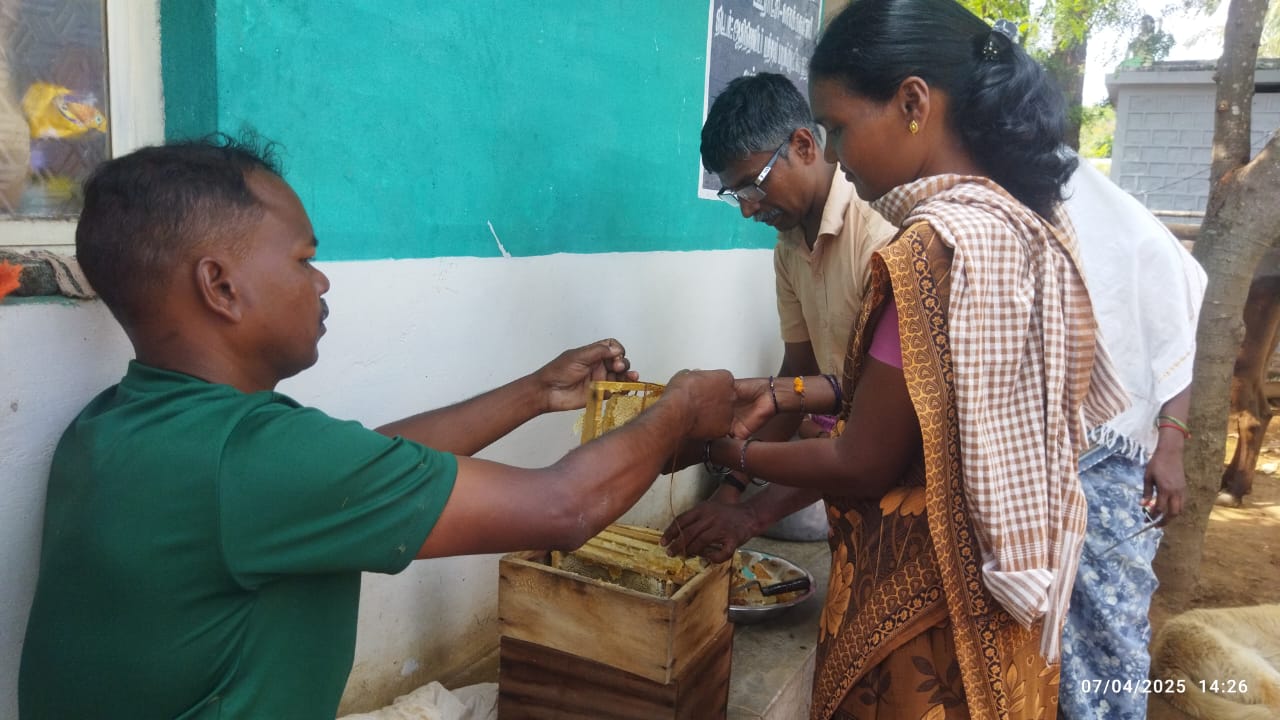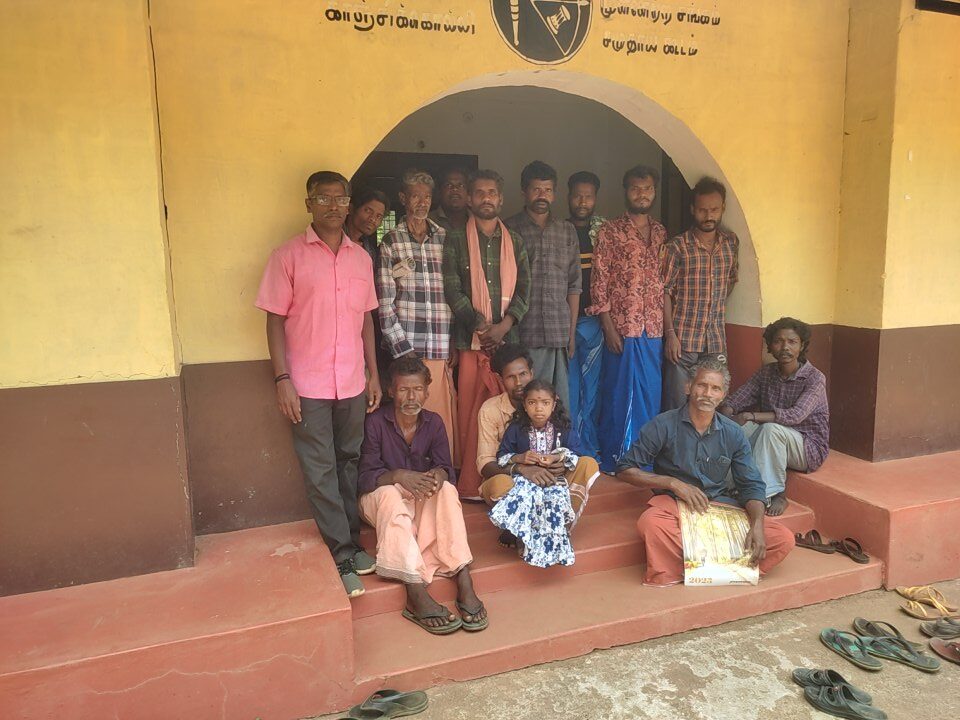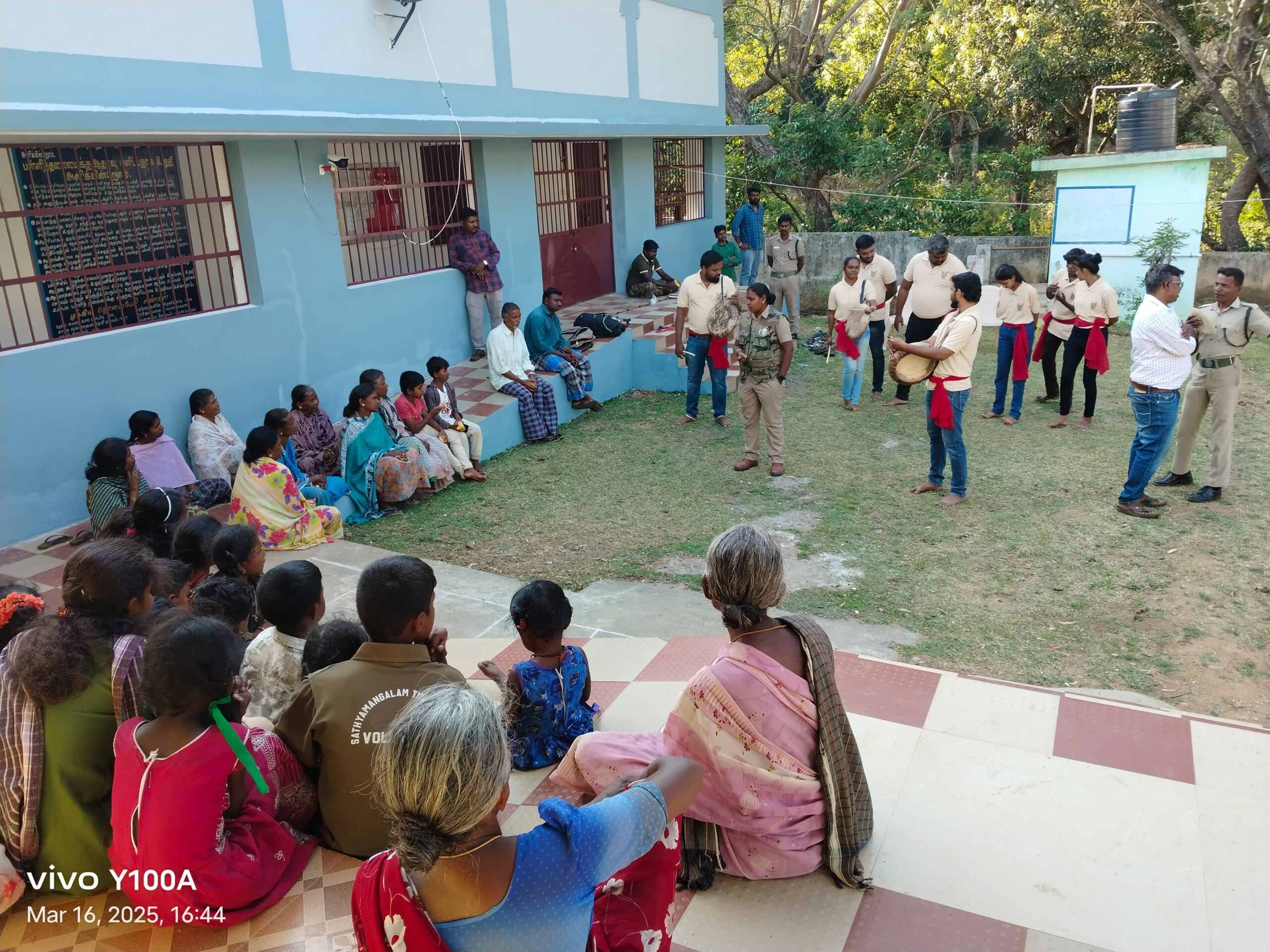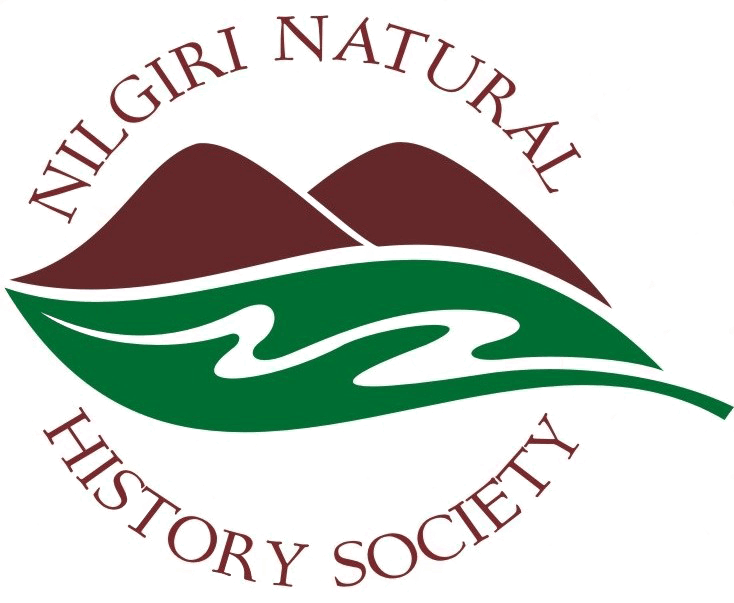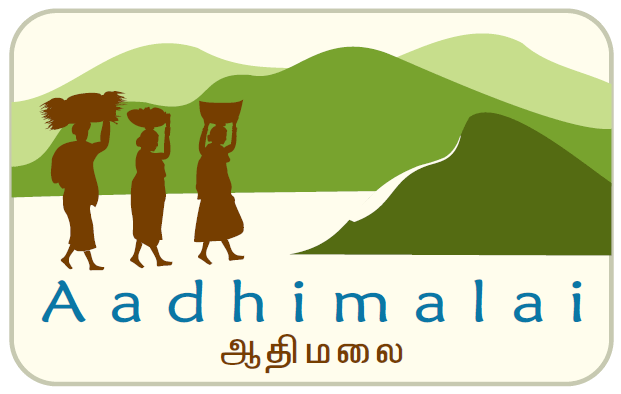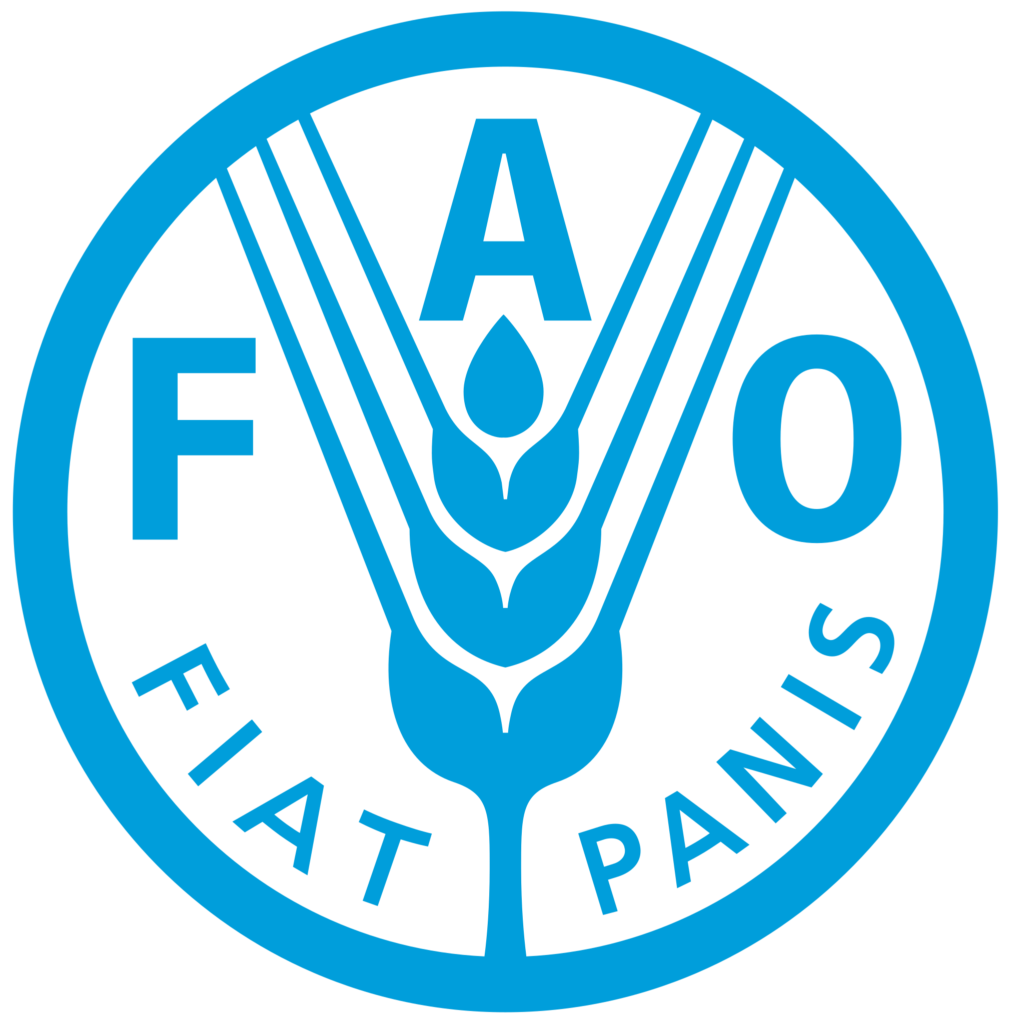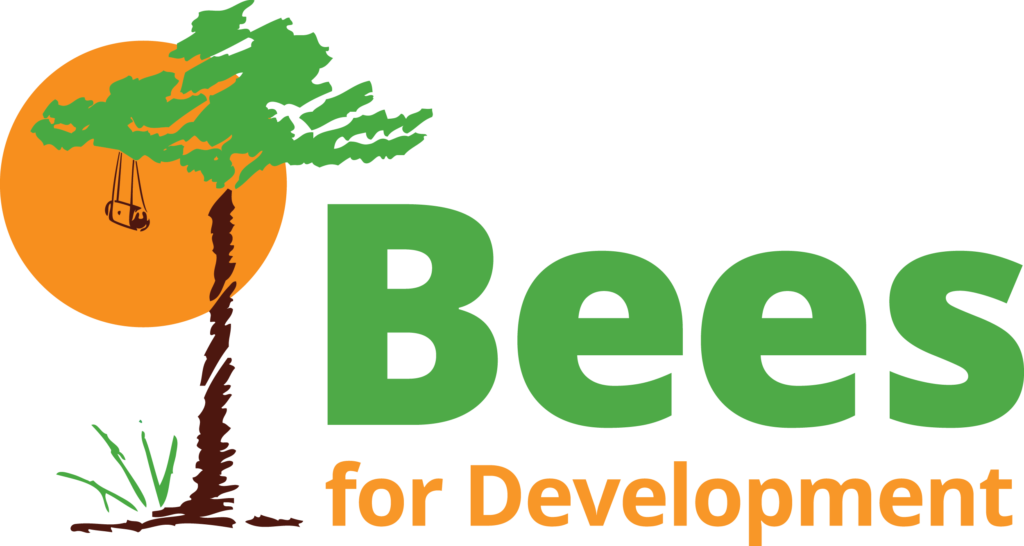Direct community engagement has enormous benefits. It allows us to observe and understand first hand the felt needs of the community, power dynamics and social relations within the communities, and perceived challenges. It helps to establish trust and develop effective working relationships with community leaders and allies. With these aspects in mind, we dedicated a substantial amount of time to visiting the villages and interacting closely with the community members and key leaders in Pillur. Our efforts have given significant hope in terms of strengthening our work strategy, guided by the framework of community wellbeing. Leveraging our ongoing interventions on environmental governance, we decided to work with the local community-based institution referred to as the Forest Rights Committee.
We visited all the 17 FRCs that we have close association within the Pillur area and encouraged the committee members, including the youngsters, and other members of the village gram sabha, to collectively invest their efforts in not only receiving the Forest Rights and Forest Management Rights for their respective villages but also develop strategies that will facilitate in meeting various developmental and well-being goals of the community.
Through our conversations, we tried to explain how the diverse interventions on land rights, livelihood and health are interconnected, and how this collectively leads to community wellbeing. Using the FRC as our basic village level unit of interventions, we suggested that the FRC members take responsibility for supporting and monitoring the various ongoing project activities, at the village level. This plan was tested out and by the end of the meeting, the list of livelihood (farmer) beneficiaries for all the respective villages was generated. We believe, this form of decentralized responsibilities assigned to members of the FRC committees, on implementing and/or supporting project activities and associated governance needs of their respective villages, will strengthen local capacities to continue these efforts, post-project completion.
Although this strategy is expected to streamline our efforts in implementing the various project activities, we believe it may also facilitate in strengthening village-level governance committees such as the FRC and keep them relevant and active. This we feel will allow in meeting dual goals of strengthening the communities’ efforts towards receiving their Forest Rights, while also actively working towards their village developmental goals. However, it is also imperative that we work closely with them on strengthening this as a long-term strategy, although the current COVID lockdown is expected to slow down the efforts in the short term.
Through this grassroots level fieldwork, we also witnessed the confusion and conflict created by (partially-functional) parallel institutions (e.g. the VFCs) that undermine the power and legitimacy of the Forest Rights Committee as the institutional arrangement prescribed under the Forest Rights Act. This confusion also limits the community members toward enabling improved, participatory, and democratic decision-making opportunities and seeking alternative and improved livelihood opportunities. We expect that our strategy to strengthen the FRCs will facilitate in overcoming these challenges.

One particularly encouraging and positive experience was interacting with the youths we had met with during our previous field visit, along with the NFLC alumni in the area. In fact, a few of the NFLC alumni voluntarily accompanied us on the fieldwork, on all the days, and spoke to the FRC members on different topics like conservation, rights, and the need and importance to be organised. One interesting insight was to see how sensitive topics which are typically hard for an outsider to talk about, were spoken by the youths, thus giving an added insight to our fieldwork.
The week-long fieldwork enabled intensive discussions with the field staff in developing and fine-tuning project intervention strategies. We discussed the scope of identifying and working with inspired youths in the villages and we are also working towards establishing an area level “FRC federation”, managed by active leaders identified from the 17 FRCs.
We believe this effort in strengthening village-level FRCs and uniting them through an “FRC federation” will enable the villagers to meet their needs, assert their rights, and manage their forest long, post-project completion. In addition to this, our efforts to identify and strengthen youth groups are envisaged as a long-term strategy, to meet well-being goals over an extended period.
By Bagavanidhi

